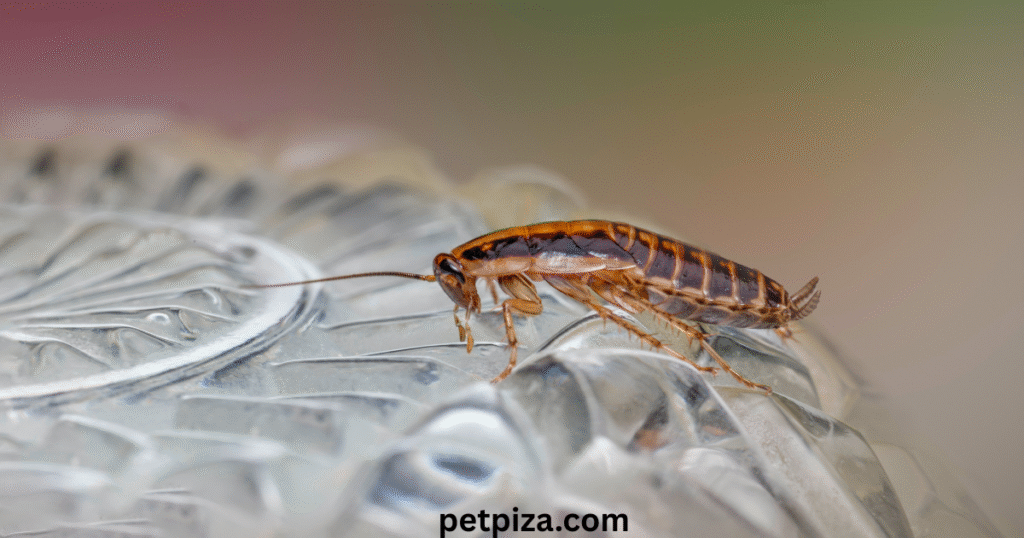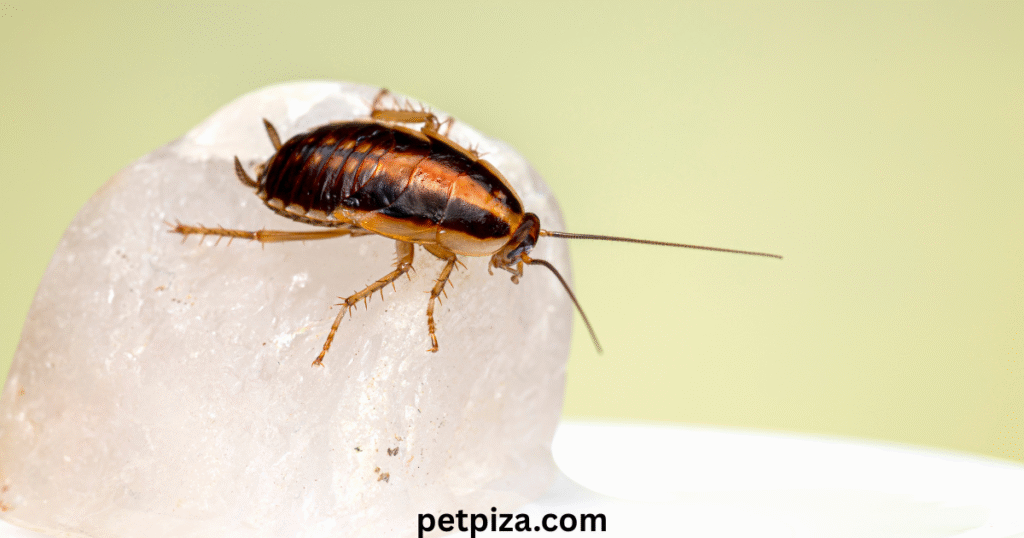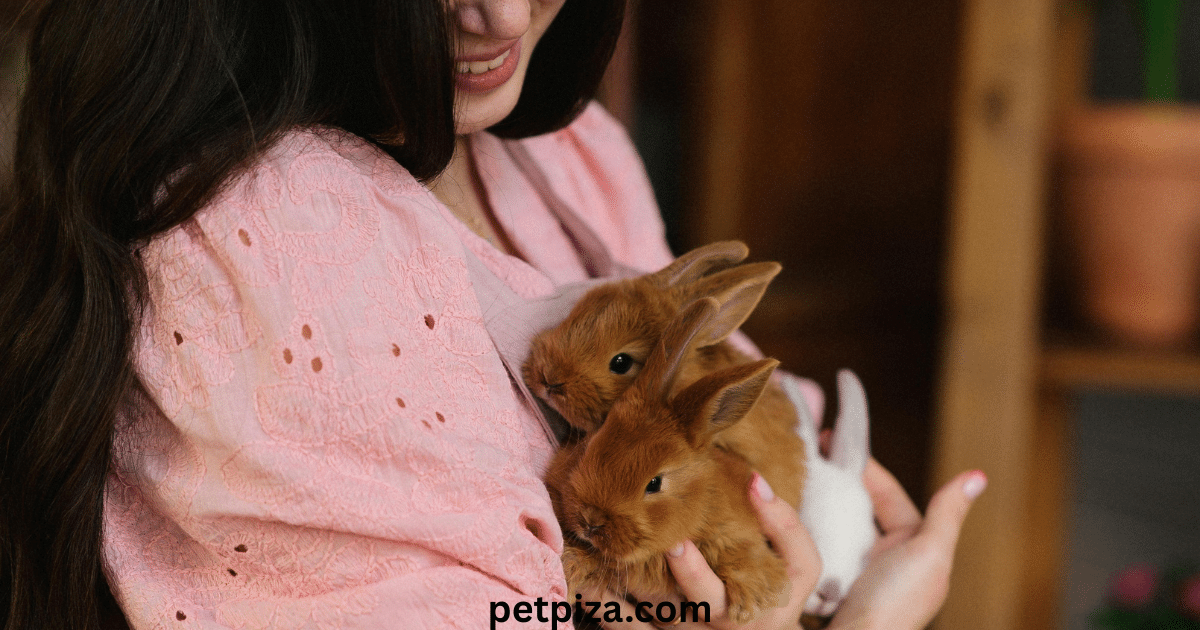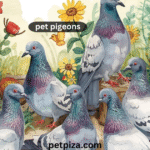Most people associate roaches with pest control rather than as a potential pet, but let me change that perspective by introducing you to roaches you can keep as a pet that require very little care. These roaches, unlike the common pest cousins, let you appreciate the amazing features of insects. Additionally, if you are inquiring yourself “can roaches be kept as pets?” the answer to that query can be found in this article.
Keeping you informed on everything a new pet roach owner needs to know is the purpose of this article. We will cover the best pets for starters, the ideal roach tank setup, diet, roach handling, and the best ways to keep the roaches. Hopefully by the end of this article you will understand why people shift to such pets.

What Are Some Benefits of Keeping Roaches as Pets
The idea of a pet cockroach might seem strange, but there are many compelling reasons to keep them. They are unlike any traditional pet.
Behavior Patterns
The majority of roaches kept as pets are gentle, ponderous, and peaceful creatures. These animals are mostly indifferent, do not show aggression, and are willing to examine their surroundings or rest in a darkened shelter. Observing a colony of Dubia roaches and their interactions, or listening to the somewhat eerie tones of a Madagascar hissing cockroach, can be most captivating.
Reasons for Keeping Pet Roaches
- One of the many positives to owning a roach is the incredibly low maintenance. Once you set up their environment, daily care only consists of feeding and providing water.
- Pet roaches are an exceedingly quiet and odorless type of pet. If kept clean, the enclosure containing the roaches has near to the same scent as a fresh, outdoor breeze.
- Unlike pets with fur or feathers, roaches are an excellent alternative for those who suffer from sensitive skin. There are individuals, however, who can be allergic to the roaches’ frass.
- Keeping pet roaches can be a fun way to educate children. Pet roaches can help children learn about responsible pet ownership, as well as biology and the fascinating life cycles of insects.
Best Pet Roach Species for Beginners
Pest species like the German or American cockroach make poor pet choices. Instead, the most preferred ones are the larger, slower, and more fascinating ones.
- Madagascar Hissing Cockroaches (“Hissers”): Arguable the most popular pet roach. Large, wingless, and capable of producing an audible hiss, they are also calm (not much moving about) and great for handling.
- Dubia Roaches: A much simpler, more affordable roach, especially as feeder roaches for other exotic pets. They also do not fly, and they settle to the bottom, and do not climb smooth surfaces, so they are more easily contained. They are also hardy, and breed readily.
- Halloween Hissers: A close relative of the Madagascar hisser, this species, with its black and orange colors, has skin and exoskelton ornamentation that makes it resemble the worse aspects of the season.
- Domino Roaches: Small, round, and black with white spots (blemishes), are also are also shy, and more fun to observe as they burrow, similar to other roaches.
- Ivory Head Roaches: This species has creamy white and thorax with more elegance than the others. This species, popular for its appearance, is also the least common.
Legal, Ethical, and Sourcing Considerations
In most areas, keeping pet roaches is perfectly legal. However, some species, most notably the Dubia roach, is banned in the states of Florida and Hawaii due to being exotic pests. Always check with your state for regulations about these animals.As a matter of principle, you should buy pets only from a known breeder, and exotic pet shops on the internet. This way, you can be sure the animals are healthy and bred in captivity. Under no circumstances should you keep any wild roaches in your house.

‘Roach Enclosures’
consist of the most crucial aspect in the most fundamental step in owning a roach. This has to do with making certain your pets are healthy and contained.
‘Housing and Size’
is in simple terms a 5-10 gallon tank made of glass. It, can also be a plastic storage bin. It is most important to have a lid with space to be able to freely breathe. The bin should also be made of plastic for enhanced durability, this also holds true for the tank.
The most popular pet roaches are tropical pets. These animals are most comfortable in warm, humid conditions.
Temperature
Maintain between 75°F and 90°F (24-32°C). For warm temperature, you can use a small under-tank heating mat to a warm spot on one side Set the heating pad on one side of the glass terrarium to create a warm side and under the pad to create the warm side of the terrarium. It can be easily adjusted and to warm up the spot to the target temperature. This can be done easily and made to target temperature.
Humidity The humidity should be 50 degrees C- 70 degrees C. Lightly misting the enclosure gives it this humidity, though it should be noted a glass terrarium should not get to wet. This is the only way to stroke it.
Substrate and Hides
- Substrate: A 1-2 inch deep layer of coconut fiber, peat moss, or sterile potting soil works best to hold humidity to terrarium. Also makes a comfortable base.
- Hides: Graphic design students and others who want to create something exciting can use a light sheet of crafts. Cut it to a rough square, and bend it in a few places. Tape it together and this works best to create an egg box for a class or graded.

Diet and Hydration
Gut loading or feeding a fuel to a roach feeder is an easy step to adding proper roach diet and feeding for their health.
- Staple Diet: a high quality roach chow or dog and cat food can be relief.
- Fresh Produce: Small portions of veggies and fruits like leafy greens, apples, bananas, and sweet potatoes. Leaving food too long can make it useless by making it rotten.
- Hydration: Ensure water is always available. Water gel crystals can be used, or for drowning prevention a shallow dish, or sponge or cotton balls filled with water can be used.
- Calcium: Their exoskeleton is supplied with a a small cuttlebone or a pinch of calcium powder.
Cleaning and Hygiene
One of the best things about pet roaches is the ease of cleaning.
- Spot Clean: Scrape leftover portions of the food daily.
- Deep Clean: The full replacement of the substrate and hides is done every 4 to 6 months. The roach droppings, known as frass, are neat, dry coffee ground resembling droppings.
If the roaches are kept uncluttered, the droppings, called frass, which gel together to resemble dry coffee grounds, will not cause a mess. A healthy colony should not have a foul or ammonia smell; the scent should be sweet and slightly earthy.
Common Health Issues and Prevention
Pet roaches are one of the hardiest creatures. However, most issues will be caused by lack of husbandry.
- Mold: Caused by excess moisture. Ensure there is sufficient airflow and don’t over mist.
- Mites: The best way to restrain the spread is to keep the cage clean and dry.
- Dehydration: just like any other living creature. An increased weakness caused by a lack of water is a major assumption. Always ensure a source of water is available, such as water crystals or a damp sponge.

Handling Your Pet Roaches
Handling is another form of bonding, but it also means the pet will maintain a heightened level of sensitivity.
- Be Gentle: Roaches are never to be grabbed. They are proven to be better coaxed by hanging a hand or be scooped from underneath.
- Stay Calm: Moving in a slow and deliberate manner is the quicker way to success. Any form of speed will shock the roaches. And for the hissers, it will make them stress-hiss even more.
- Supervise Closely: Roaches are to always be handled above a table or a bin. This makes sure that if they do happen to fall, nothing will be broken.
- Wash Your Hands: It is a courtesy to wash your hands before and after the roaches are held. This is for your safety and the pet.
- A Note on Allergies: Roaches, with time, can be blamed for any allergies that are developed such as, breathing or skin ailments. this is due to the roach frass and the shed exoskeleton. People that are asthmatic or simply have allergies should handle the roaches in a well ventilated area.
Breeding Roaches: The Basics
A simple and enjoyable trait of the hobby is to manage an increasing amount of them. This can be quite satisfying to many.
- Sexing Roaches: Many types of species have distinct characteristics for males and females. For instance, the males of Madagascar hissing roaches have very distinct “horns” on their pronotums, while the females have pronotums that are completely smooth.
- Reproduction: Some species, for instance, Dubia roaches, give live birth to small nymphs. Others deposit an egg case called an ootheca, which is one of the most recognizable features of the species.
- Colony management: To avoid undesired growth of a colony, males and females can be kept apart. If you have excess roaches, you can sell or trade them with other hobbyists, or if you have other exotic pets, you can use the roaches as feeder insects.
Cost of keeping roaches as pets
Roaches are one of the cheapest kinds of pets to have when compared to other animals.
Start up costs:
- Roaches: $10-$40 for the starter colony
- Enclosure $15-$30 (If you have a small used tank or a plastic bin)
- Supplies (heating, substrate, and food): $30-$50
- Total: $55-$120 on the initial setup
Ongoing monthly costs:
- Food and substrate: $5-$10.

Conclusion: Are Roaches the Right Pet for You?
In some ways, pet roaches are the perfect pet for the open-minded, although not all people will share the same enthusiasm. The calm and clean roaches are also not expensive and do not take much space or time. For those who’ve been interested in insects for some time or for someone trying to explore something new, having pet roaches will surely not disappoint as they are endlessly unique. If you’re willing to accept the challenge, pet roaches will surely change the way you look at companionship.
Frequently Asked Questions
1. Do pet roaches attract pest roaches?
No. If the roach enclosure is kept clean and safe, no wild pests will come as well. Pest species are inclined to look for food and water, not to a well-kept insect cage.
2. Can pet roaches infest my house if they escape?
In all likelihood, no. Being kept as a pet means they are not given the correct temperatures and humidity to flourish. Pet roaches are heat and humidity sensitive. Instead, they would just die in some dark corner.
3. Do pet roaches make noise?
Most species of pet roaches are indeed mute except when prodded or aggravated. The loudest of them all, the Madagascar hissing cockroach, can produce a gentle hiss when threatened and sometimes when performing mating rituals. The hissing cockroach is, however, a fairly quiet specimen and does not hiss loudly or continuously.
4. How long do pet roaches live?
Lifespan varies per species of pet cockroaches. For instance, Madagascar hissing cockroaches can live from 2 to a maximum of 5 years and Dubia roaches can live anywhere from 1 to 2 years.








